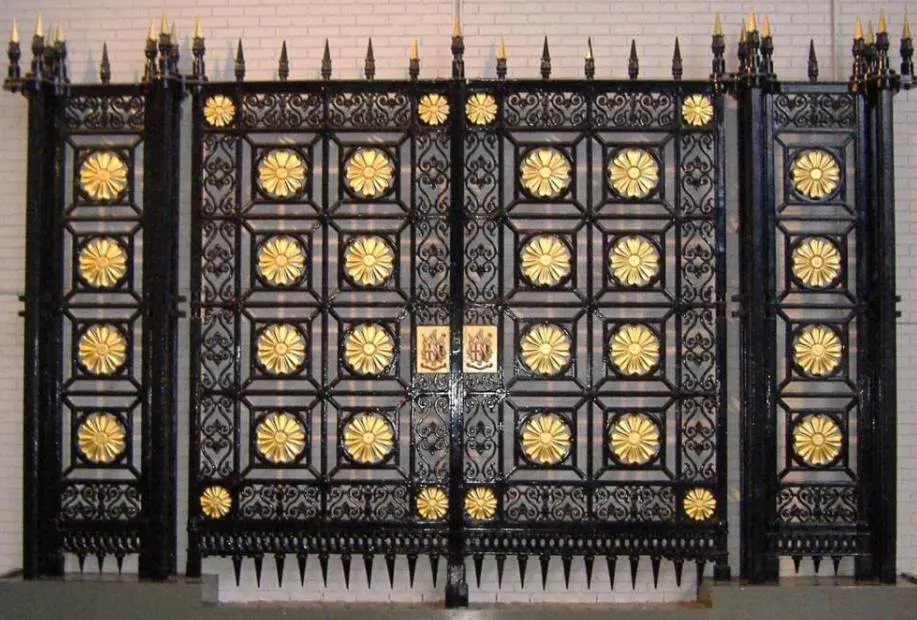The Romans left behind a large number of monumental arches all across Europe, a structure they invented that was used for triumphal parades in honor of a specific event. Mostly this revolved around bringing along the spoils of war.
Even though none of these still stand in the United Kingdom (a ruined one can be found in Richborough, Kent), the design of these structures was incorporated in the construction of arches and gates in modern times.
Let’s take a closer look at 5 arches that decorate the streets of London today. You’ll also discover one of the arches in London that was demolished and of which only the gates and some fragments remain today (and we’ll tell you where to find this gate as well).
1. Marble Arch
As the name of the magnificent landmark in London suggests, Marble Arch is a triumphal arch clad in white marble. The structure was designed by John Nash, a renowned architect of the 19th century, in the year 1827. It was originally designed to serve as the entrance to the “cour d’honneur” of Buckingham Palace.
Completed in the year 1833, it served this purpose until it was relocated to its current position in 1853. It now stands on a traffic island at the junction of Oxford Street, Park Lane, and Edgware Road, a peculiar location for one of the greatest monuments in the city.
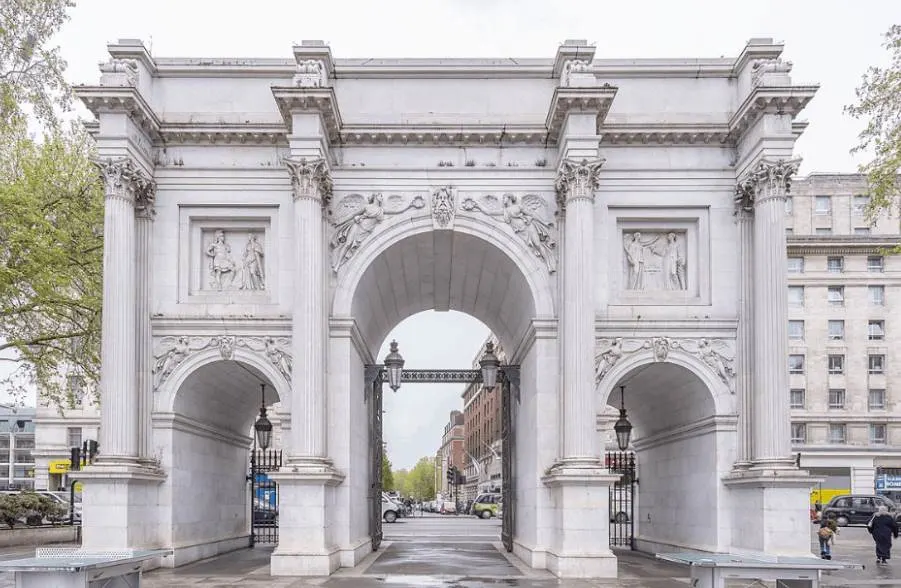
2. Wellington Arch
The Wellington Arch has been referred to as Constitution Arch and Green Park Arch and was designed and constructed around the same time as Marble Arch. It’s located in Hyde Park Corner, right in between Hyde Park and Green Park, and is the most prominent landmark in this area.
This is yet another arch that stands both on a traffic island (albeit a much larger one) and that was moved to its current location. This move wasn’t as far as Marble Arch as well and happened between 1882 and 1883. The bronze quadriga that tops the arch was only added in the year 1912.
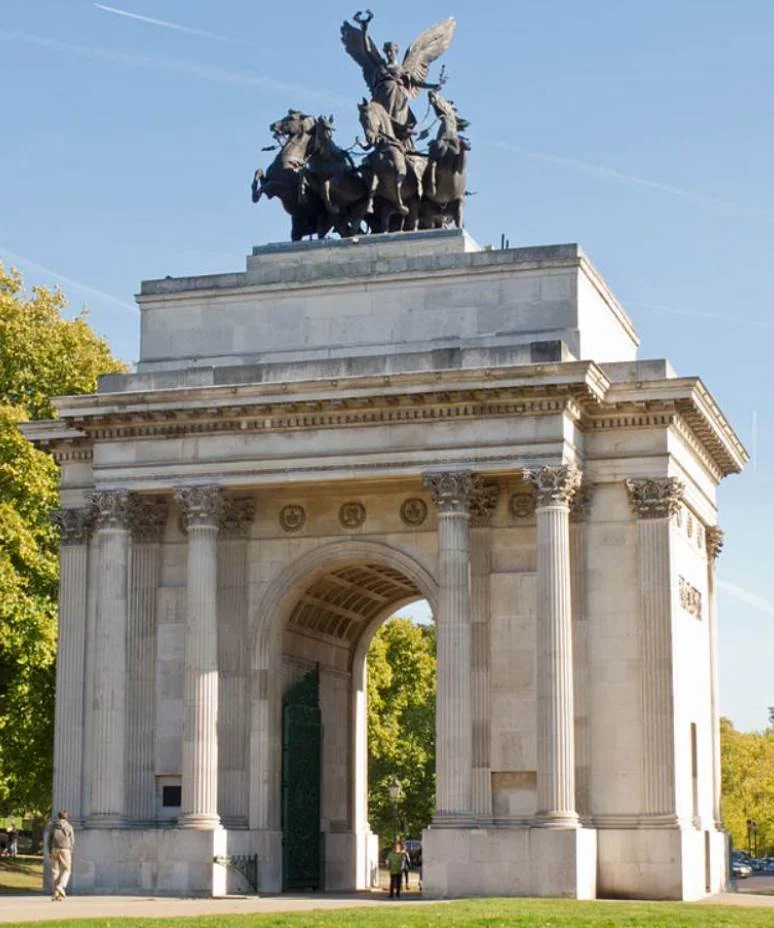
3. York Watergate
The York Watergate was originally part of York House, a collection of mansions that once occupied the area around the Strand, a major thoroughfare in central London. Originally built as a townhouse for the Bishops of Norwich, it was granted to the Archbishop of York in 1556 which is how it got its name.
The mansions built in this location had direct access to the River Thames which was used a lot more for transportation during these days. The York Watergate is one of the surviving features of this mansion complex and was completed in 1626 by George Villiers, 1st Duke of Buckingham. It served as a ceremonial entry to one of the mansions.
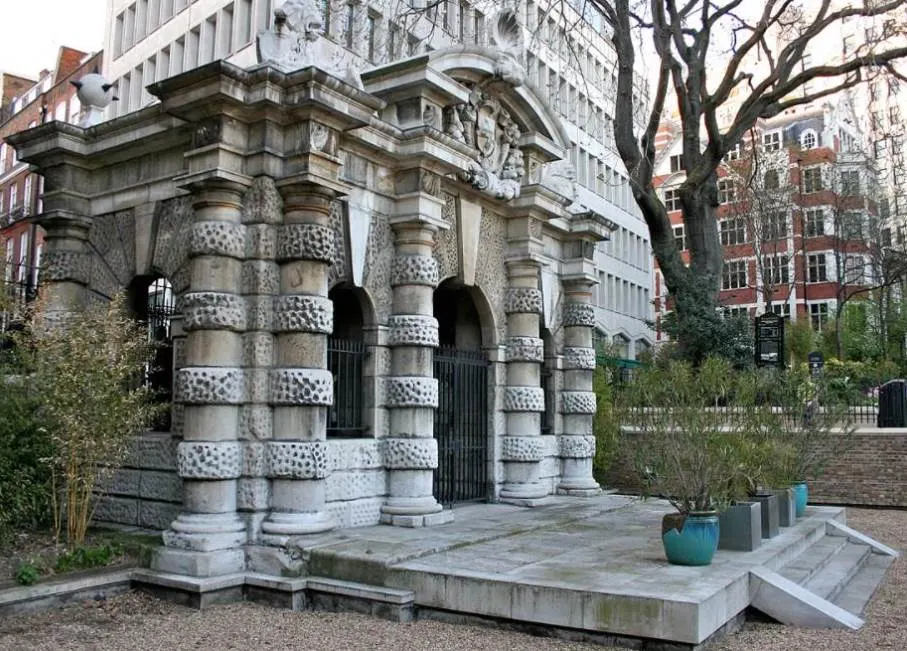
4. Guy’s Hospital War Memorial Arch

The Guy’s Hospital War memorial Arch is a commemorative arch that was commissioned by Guy’s Hospital in 1921. It was to serve as a memorial to the students and staff of Guy’s Hospital who lost their lives during World War I. Their names are inscribed into the arch.
This remarkable monument was unveiled by the Duke of York in July 1921. It’s located in the Southwark district of Central London, just west of Guy’s Tower (the hospital) and the highest and most amazing skyscraper in London, the Shard.
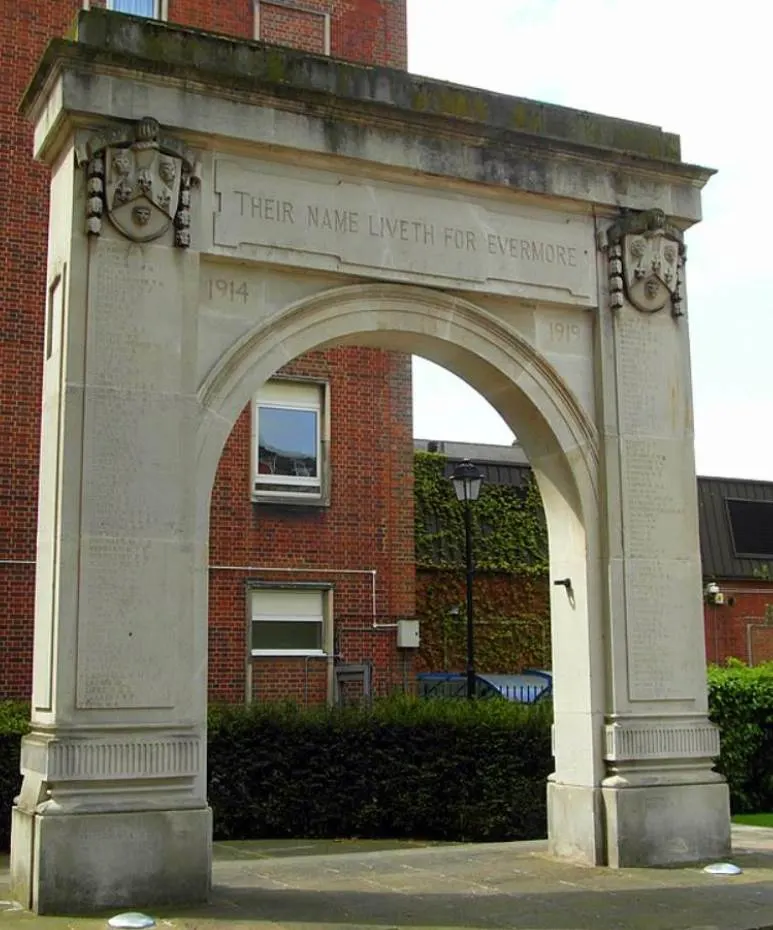
5. Temple Bar
Temple Bar has served as the ceremonial entrance to London from the City of Westminster since the Middle Ages. This whole area in between the City of Westminster and the city of London is referred to as the “Temple,” named after Temple Church which is located here.
The original gate on this location was replaced in the 17th century and designed by the architect of St. Paul’s Cathedral, Sir Christopher Wren. It was completed between 1669 and 1672 and built with the distinctive Portland Stone with which also the famous church in London was constructed. Remarkably, it’s the only of the 7 similar gateways into London that wasn’t demolished during the 1760s.
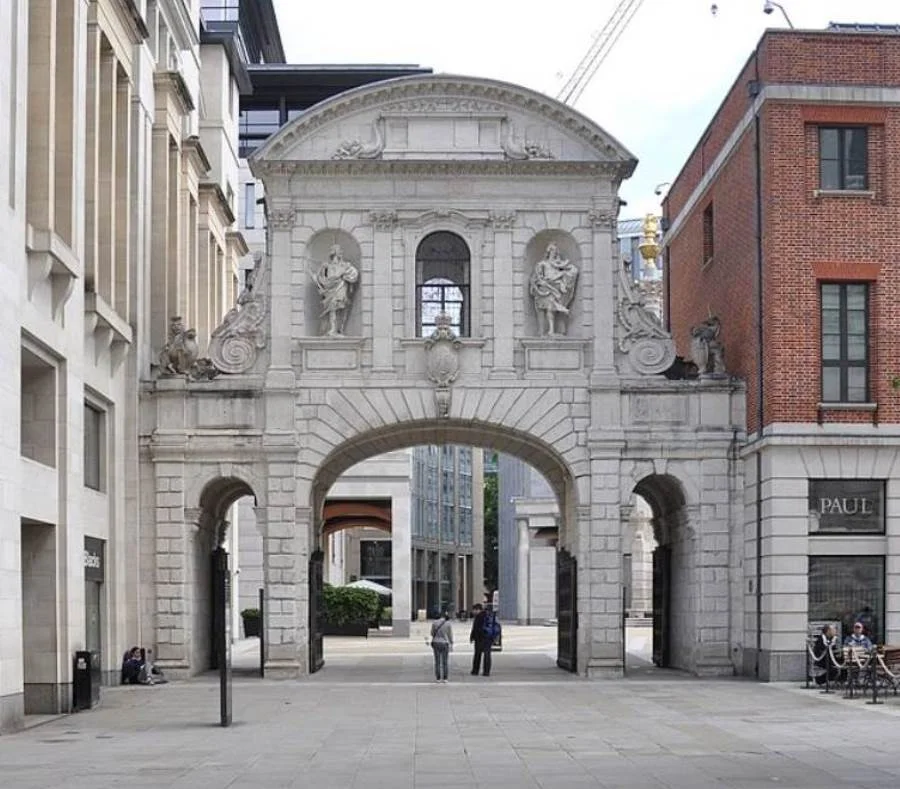
6. Euston Arch
Euston Arch was constructed in the year 1837 and served as the monumental entrance to Euston Station, a huge railway station just east of the Regent’s Park and northwest of London’s historical heart. This gate was unfortunately demolished in the 1960s at a time when the station was completely rebuilt.
The controversial decision to demolish one of the most famous arches in London wasn’t a popular one. It later turned out that much of the stonework of the arch had been deposited into the Prescott Channel as well to be used as a filling, much of which has been recovered by now.
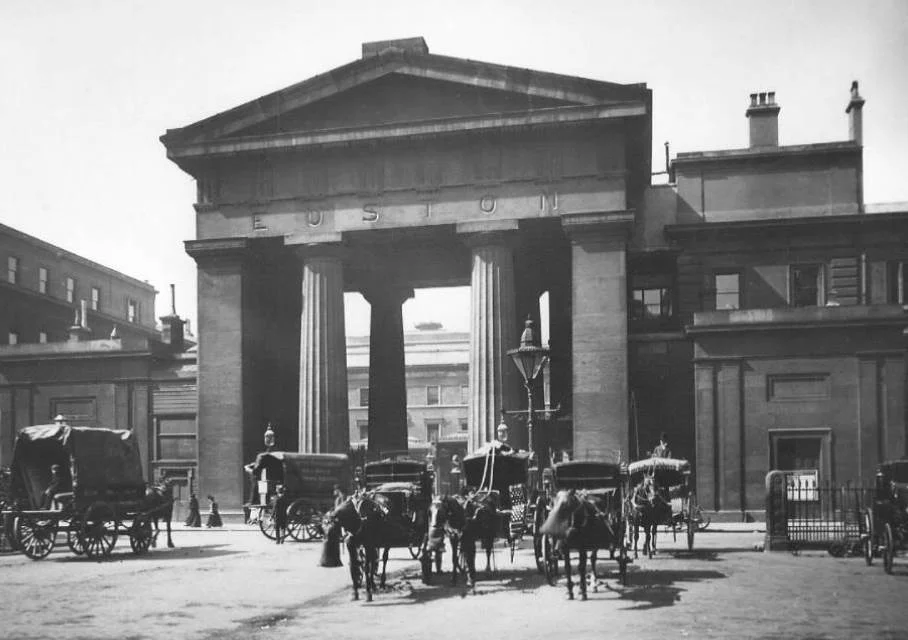
The only piece of the arch that was preserved in its entirety was the elaborately decorated gate (you can’t throw that in the canal, right). This gate is now on public display at the National Railway Museum in York.
